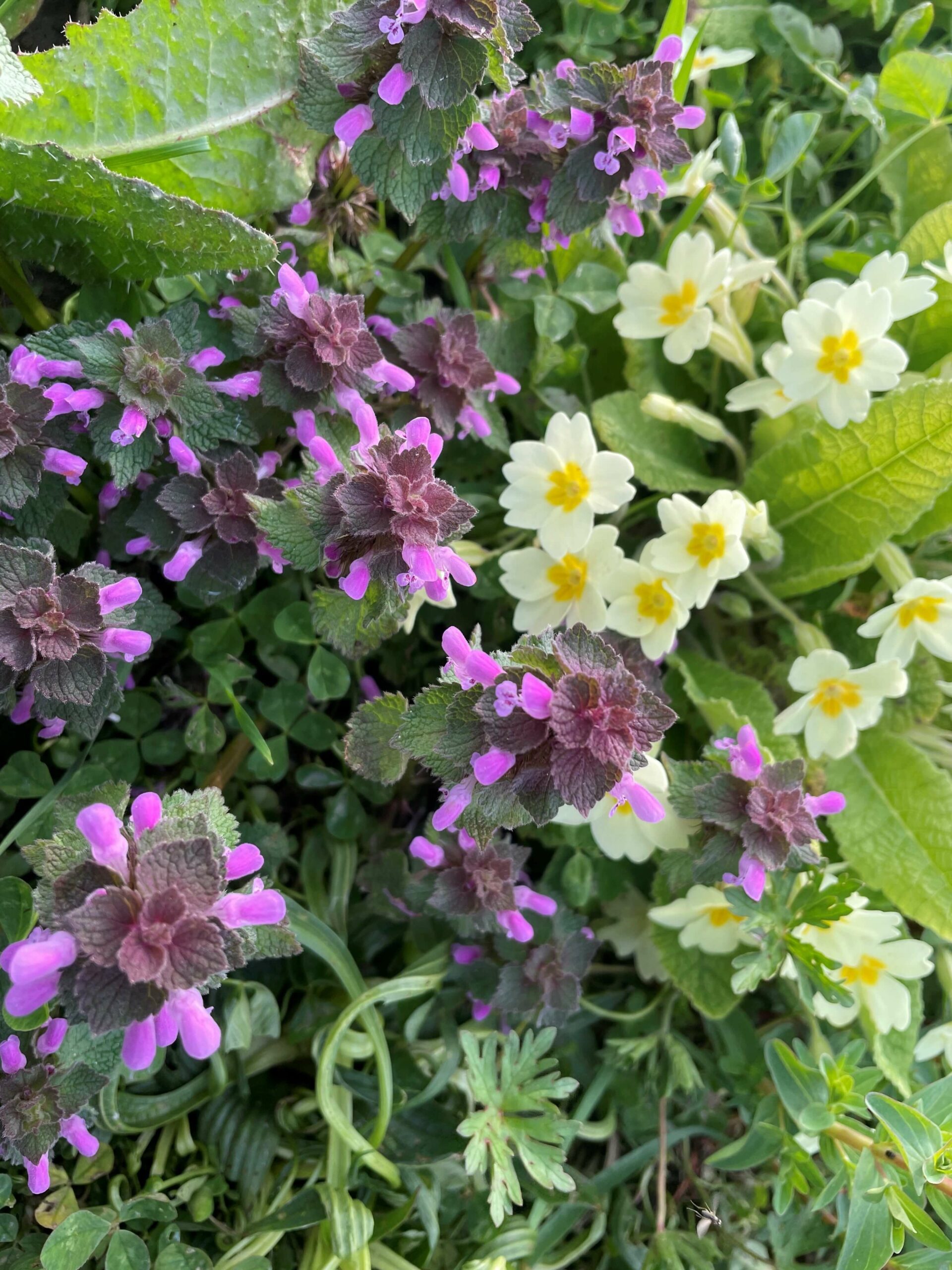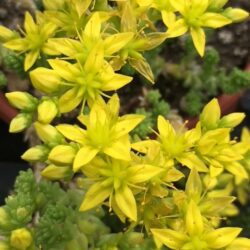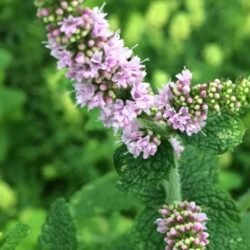Description
The common name is primrose, or occasionally common primrose or English primrose. In appropriate conditions, the wild primrose can cover the ground in open woods and shaded hedgerows. It is found mainly by streams, under bushes, in orchards and clear, moist deciduous forests. Occasionally it also appears in meadows. Both flowers and leaves are edible, the flavour ranging between mild lettuce and more bitter salad greens. The leaves can be cooked in soup but preferably with other plants because they are sometimes a little strong. The leaves can also be used for tea, and the young flowers can be made into primrose wine.













